Young Old Master Class: Tintoretto’s Beginnings at Musée du Luxembourg
- Christian Hain
- Apr 12, 2018
- 4 min read
Updated: Mar 23, 2020
(Paris.) In all its glorious opulence, the first room of Musée du Luxembourg’s Tintoretto show induces patrons to an almost cartoon-like stuttering: “Tin-Tin-...”. Tintoretto’s the name, and the venerable institution in Jardin du Luxembourg, next door to the French Senate, focuses on the first two decades in his career. That one room shines with an astonishing collection of masterpieces such as The Adoration of the Magi (∼1537/38), The Conversion of Saint Paul (1538/39), or Christ Among the Doctors (∼1539), all restored to perfection (and maybe beyond?), that alone are worth the wait and entry fee. Some visitors might even feel an evil urge to push over crutches and wheelchairs of the busloads of retired High School teachers who constitute the museum’s principal group of visitors, fighting for the best views on colours and forms of an artist who counts among (late) Renaissance’s greatest.
In Tintoretto’s pictures, in his theatrical face expressions that rarely are too exaggerated, the (biblical) world appears as a stage - Just look at the veneration in the eyes of that horse joining the magi’s tribute (seriously, though)! Details tell all the story, a temple scribe’s oversized book confining his vision (Christ among the Doctors) when consequentialism and deontology clash in inversed roles. And see that sage man clinking glasses – or: grails – with baby Jesus: The young teaching the old, the same motif, in both cases. Who could miss the hint to a barely twenty year old artist imposing himself?
The Washing of the Feet (∼1547-49) conveys an atmosphere of more sober, laid back, dignity than those (even) earlier works, but the same sense of movement and “action” - life frozen in time – still prevail. Comparisons to other painters are frequent, yet not really necessary. As it is, the museum chose to illuminate the works of Santacroce a little less (maybe they’re in a worse state of restoration, too), to make the difference striking even for the most unschooled eye – adding up to the more flagrant naivety and the lack of that peculiar blurriness that imbues Tintoretto’s work with a sense of lifelike movement. (Occasionally, his blurry colours could seduce one to anachronistic Chagall associations.) Lucas Gassel’s labyrinth in a scene of David and Bethsabée appears plain and static, pale, inanimate, when compared to one of Tintoretto’s hand (Labyrinth of Love, 1538-52), so sharp, almost three-dimensional. But is this really fair? And is it an authentic Jacopo “Robusti” Comin a.k.a. Il Tintoretto (“the little dyer”) at all? This painting gets regularly attributed to Dutchman Lodewijk Toeput who for a while was employed in the master’s studio. (Musée du Luxembourg generously ascribes it to “Tintoretto and his studio”.) Those well known Dutch gnomes of Brueghel-ish wimmelpictures are quite suspicious. But attribution is tricky in the case of almost all Old Masters.
The exhibition could stop here and leave us in awe. Unfortunately, it doesn’t. And the exhibition design is... special. Great, or the contrary? We’re not sure. Most visitors will be left enthused by that welcome, reduced almost to breathless blindness, and it takes some effort to step back, and ask yourself: Right, but what do I see now?
Having packed their most precious treasures in the first room, Musée du Luxembourg cannot (could not possibly) maintain the same level of excellence through to the end. They admit, portraits were just a means to make money for most Renaissance artists, the very word “portrait” doubling in contemporary Venetian slang for the verb “to profit”, then go ahead and fill a room with them. The curators further claim – and prove with examples - influences from architecture, sculpture, theatre, and others, some of which might be more convincing: the identical character, but mirrored, in Tintoretto’s Susanna (or: The Awakening of Psyche in the Garden of Love) and a Diana and Calisto by Paris Bordone - than others: is the influence of a 400 BC Praying Boy sculpture on Tintoretto’s painting of Saint George, Saint Louis and the Princess, 1553, really not coincidental - a man raising his hands, an image Tintoretto has seen extensively in real life as we should safely assume? Perhaps the best example of the supposed theatre links is not found in this chapter at all, but in a scene of Judith and Holofernes (1554-55 - says MdL, while the loaning Prado dates it twenty years later, at 1577). By the way, having stated previously, Tintoretto’s theatricalism would rarely seem exaggerated, Cain and Abel (∼1538/39) d o e s border on the comical, and maybe not just to the modern eye.
Beside uncommon perspectives, a certain “camouflaging” of characters counts for another specialty of Tintoretto’s. Already in that Conversion..., meta-information is needed to recognize Saul/Saint Paul, and later, in a biblical banquet scene, not even the seasoned experts can identify the begging Lazarus with certainty, or more generally, the artist's intention. In the same picture, a little dog seems more reminiscent of a standard dragon-on-a-crest than of its real life variant. This might be a weakness of Tintoretto’s that could come in handy when trying to identify his brush: Contemplating another dog in The Death of Adonis, you almost feel able to name the race – unsurprisingly, the work is attributed to a “Nordic painter working in Tintoretto’s studio”.
Overall, this is not a huge show, but at least parts of it are magnificent. You might wonder, how much of the fascination is time relative, the painter’s fame grounded in an era when people were less – or not at all – surrounded, assaulted, by images? Is it just the context, and an art exhibition a place out of time, a mental time machine? Then return to that first room and be overwhelmed by the young Tintoretto’s genius all over again.
Tintoretto – The Birth of a Genius, Musée du Luxembourg, 7 March-1 July 2018-04-12 World of Arts Magazine - Contemporary Art Criticism

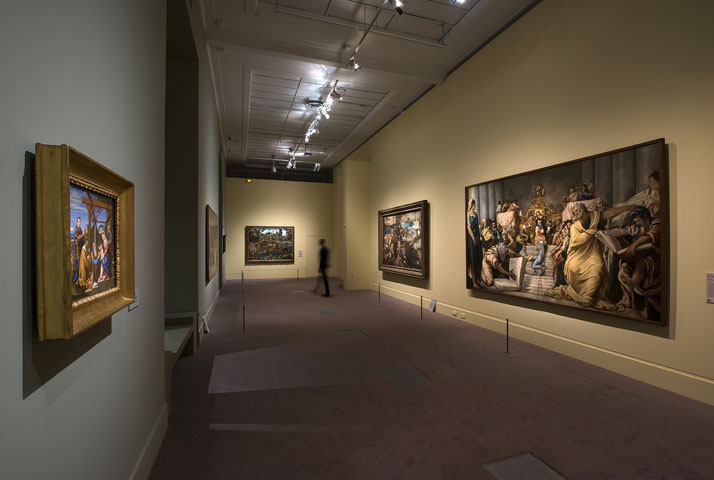

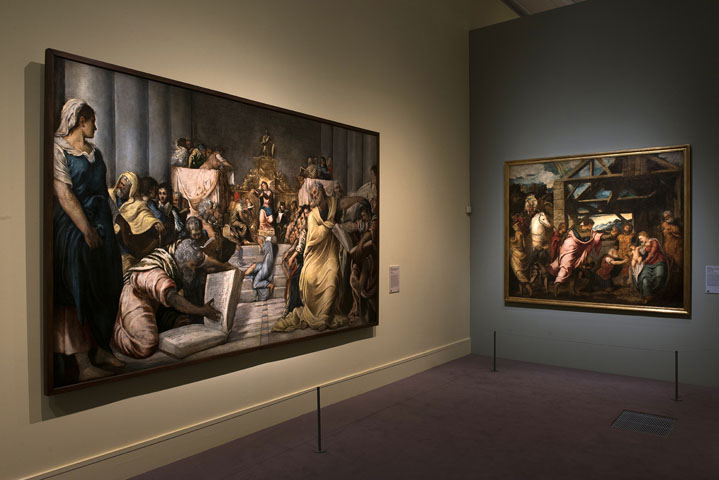

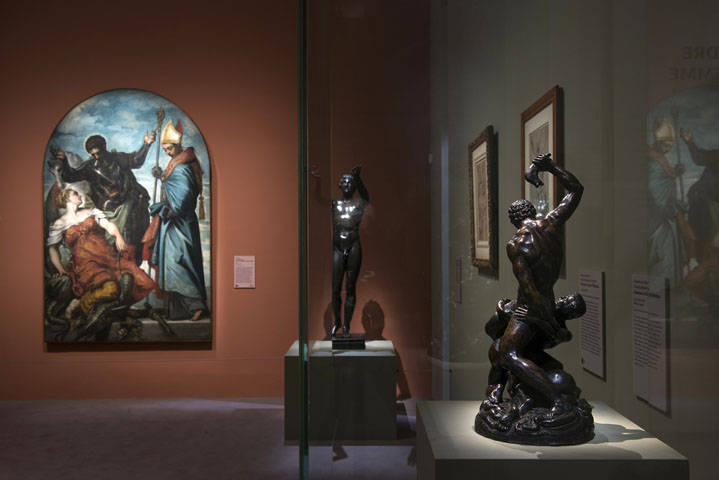

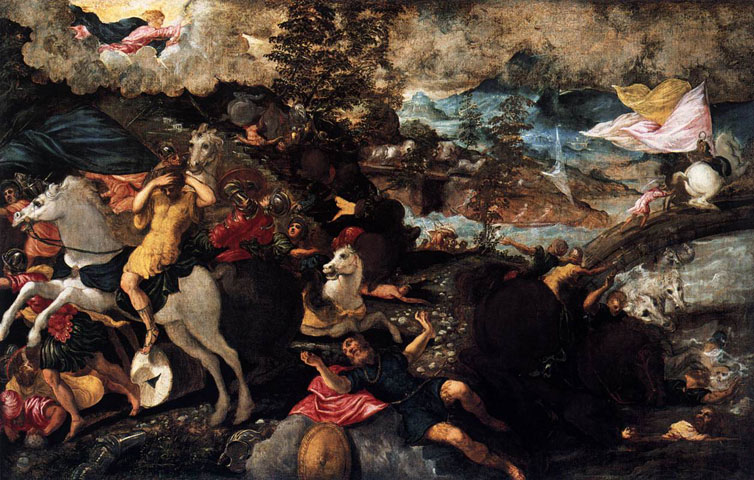

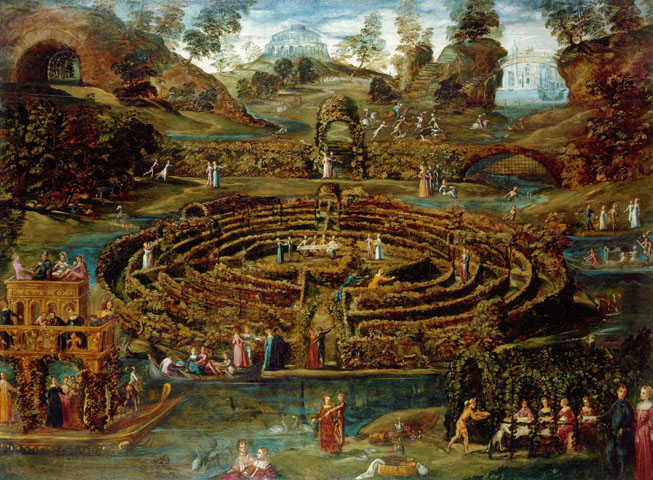
Comments